Learning the numbers
123 Learning Numbers for Kids on the App Store
Description
Educational games for children to learn numbers for children from 3 to 5 years old.
17 educational games to learn to count, trace numbers and other mathematical concepts.
Are you looking for a toddler learning app to learn counting for kids? Will you like to support your kids early education in happy learning mode? If that is the case, this number counting game is designed for all preschool and kindergarten kids along with their parents. Use the toddler learning app to help your little one learn number counting, number writing, vocabulary, number identification, matching and much more in a fun and exciting way.
Try Learning Number for Kids – Learn 123 Counting now!
Ideal Number Counting Learning Game
Learning numbers for kids 123 is a preschool educational game. 17 games in which kids of 3, 4, 5 and 6 years old will learn the numbers from 1 to 10, vocabulary related to the forest and mathematical concepts in a funny way. Through playing, children will practice concepts for math learning.
Configure Toddler Learning Modes Easily
Our toddler learning and counting for kids app has different configuration options: vocabulary difficulty, music playback and button lock, which allows you to adapt the game to the needs of the children. The images are accompanied by the words written in capital letters, to favor the learning of words by the global reading method or global route.
Preschool and Kindergarten Learning Categories
Learn the following kids early education numbering cate
- vocabulary learning: more than 30 words to learn vocabulary related to the forest
- Counting for kids : represent numbers using the fingers of your hands
- Number line: the children will have to place the numbers on the number line from 1 to 10
- Dot to dot for toddlers: connect the dots from 1 to 10 to find the hidden drawing
- Find the shadow: join each drawing with its shadow
- Learn Quantities: Identify Many, few and nothing for toddler learning
- Compare quantities: count and compare quantities in counting for kids
- Number Counting for toddlers: join the number with its quantity.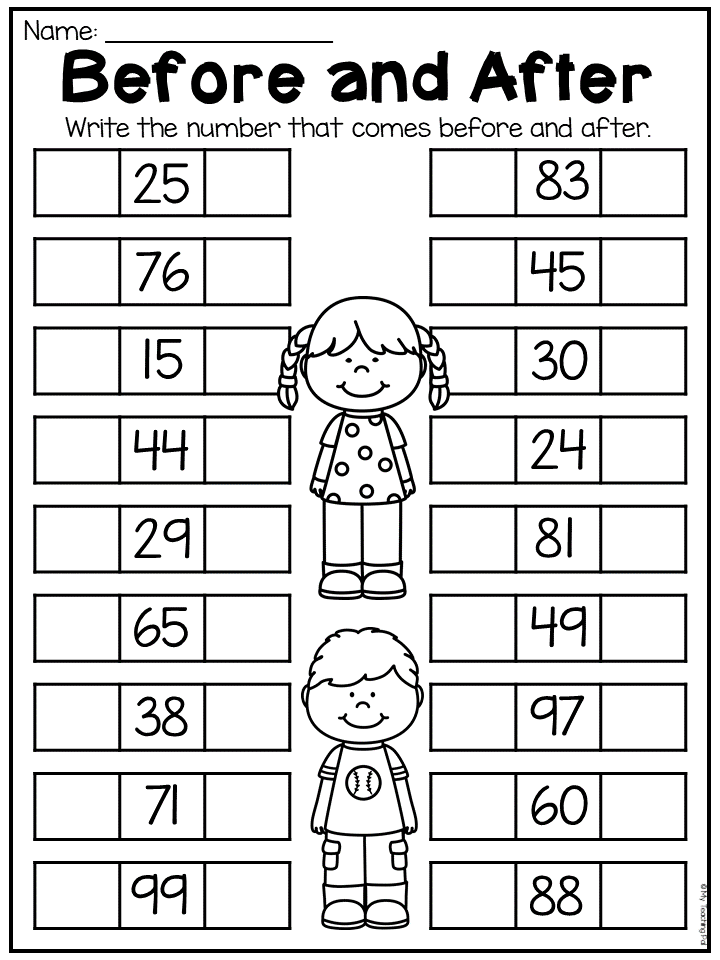 Learning to count
Learning to count
- Continue the series of numbers: sequences of two elements in which the last one is missing
Features of Learning Number for Kids – Learn 123 Counting:
- Simple and easy to play preschool games UI/UX
- Learn the numbers and how to write 1-10 in preschool games - Find the numbers from different play cards for memory learning
- Identify objects and highest number of objects from the screen
- Write numbers from 1 to 10 in a funny way in happy learning mode
- Find the desired number by bursting the clouds in kindergarten fun mode
- Fun and exciting Card matching memory game for kids early education
- Order the numbers from 1 to 10 in preschool games series
- Find the missing numbers: a number sequence is displayed in which some numbers are missing
Our preschool and kindergarten learning game speaks clearly, which allows you to learn new vocabulary in a very simple way and follow the instructions.
Ad-free game for kids: Our educational games for kids are ad-free, to allow children to enjoy without ads.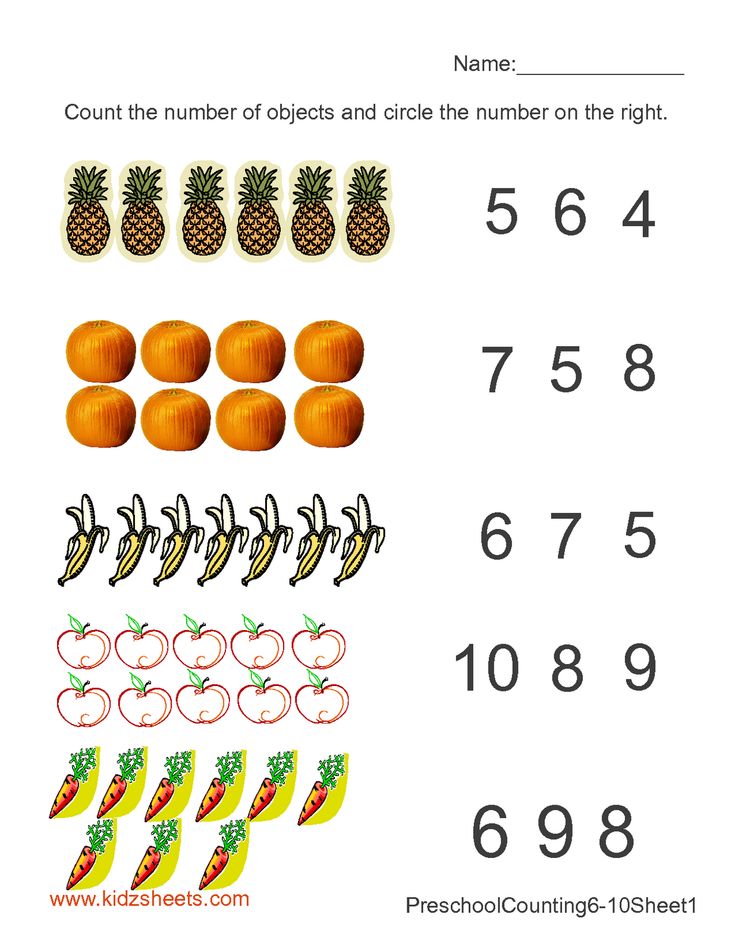
Age: the game is suitable for children of 3, 4, 5 and 6 years old.
Download and play Learning Number for Kids – Learn 123 Counting today!
Version 1.2.6
- Performance improvements
- Romanian translation
Ratings and Reviews
32 Ratings
The developer, ILUGON EDUCATIONAL GAMES S.L., indicated that the app’s privacy practices may include handling of data as described below. For more information, see the developer’s privacy policy.
Data Not Collected
The developer does not collect any data from this app.
Privacy practices may vary, for example, based on the features you use or your age. Learn More
Information
- Seller
- ILUGON EDUCATIONAL GAMES S.
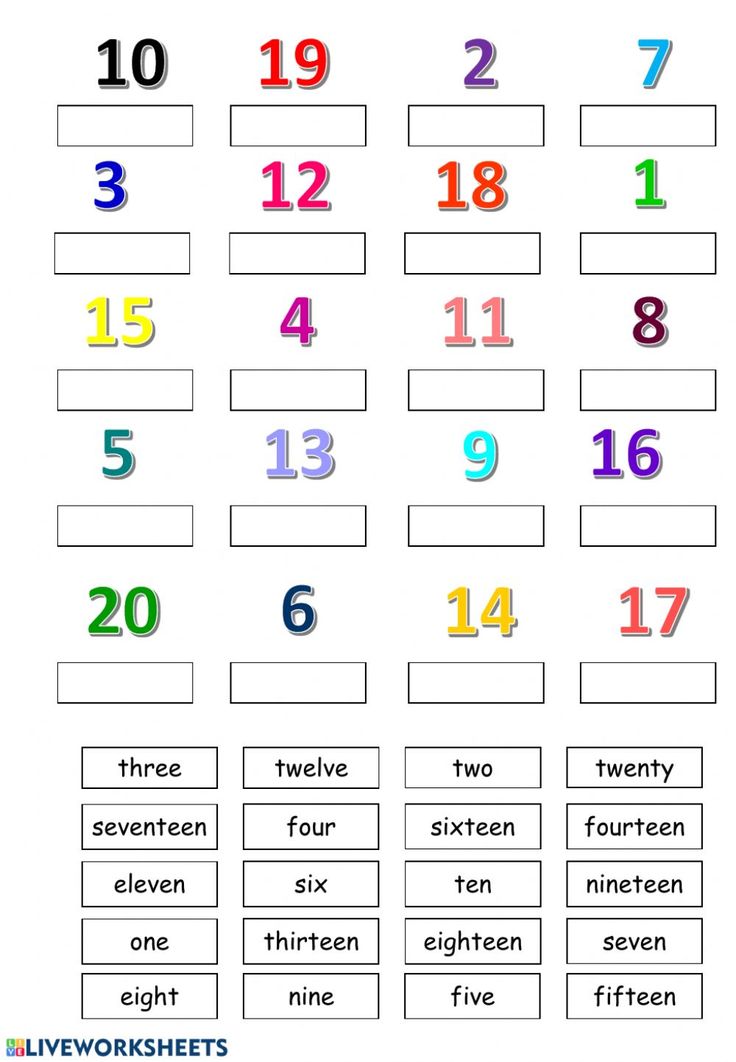 L.
L. - Size
- 234.6 MB
- Category
- Education
- Age Rating
- 4+, Made for Ages 0–5
- Copyright
- © Ilugon - Educational games for kids
- Price
- Free
- Developer Website
- App Support
- Privacy Policy
Supports
More By This Developer
You Might Also Like
See and Learn Numbers
See and Learn Numbers is designed to help parents and educators teach children basic number skills and concepts.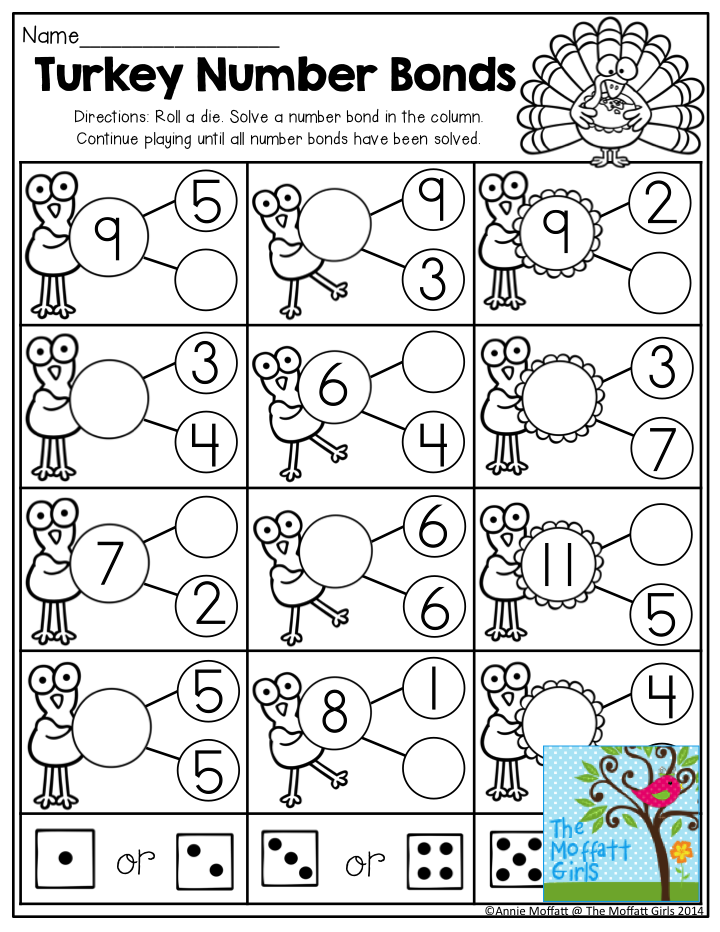
See and Learn Numbers is designed to teach young children to count, to link numbers to quantity, to understand important concepts about the number system and to calculate with numbers up to 10. It also teaches early mathematical concepts important for understanding space, time and measurement - including color, size, shape, ordering, sorting and patterns.
See and Learn Numbers follows recommended, evidence-based practice in number and maths teaching for all children, with some adaptations to meet the learning needs of children with Down syndrome. It teaches number skills in small steps, and provides many opportunities for practice to consolidate learning. Number concepts are presented with clear, visual representations. Teaching activities are designed to minimize distraction and reduce working memory and language demands to make it easier to focus on the learning tasks.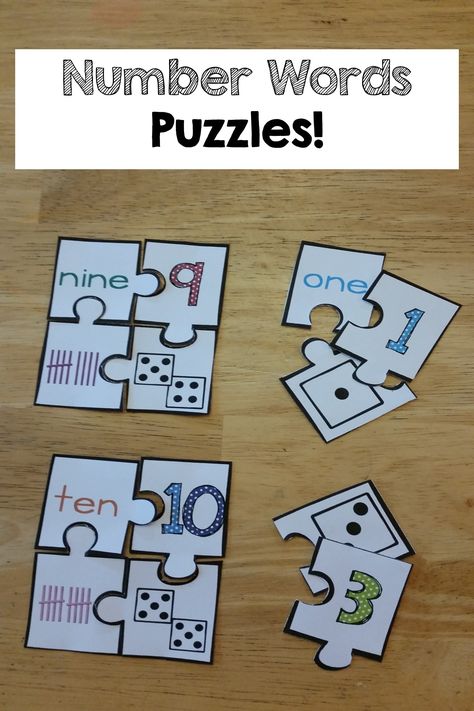 See and Learn Numbers may also be helpful for other children for whom similar adaptations are beneficial.
See and Learn Numbers may also be helpful for other children for whom similar adaptations are beneficial.
See and Learn Numbers includes 3 steps:
- See and Learn First Counting - activities to teach children to say the number words, to recognize the numerals, to link quantities to numbers, to count, and to understand the concepts of cardinality and equivalence for the numbers 1 to 10
- See and Learn First Concepts - activities to teach children to about shapes, colors, sizes, ordering, comparing, sorting and sequences
- See and Learn First Sums - activities to teach children to add, subtract, multiply and divide with numbers and quantities from 1 to 10, and to understand the relative sizes of these numbers, ordinality and inversion
When to start
The first two steps in See and Learn Numbers are suitable for children who understand and can say (or sign) at least 100 words.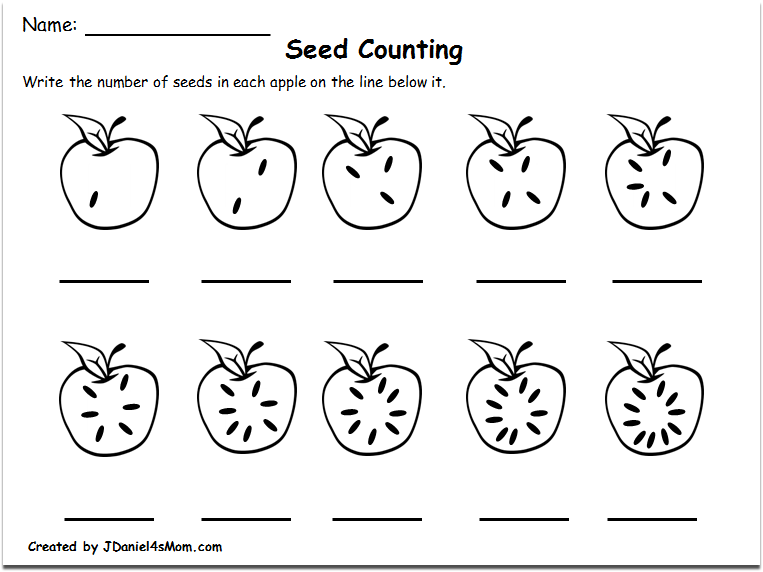 For many children with Down syndrome, this will be at around 3 or 4 years of age.
For many children with Down syndrome, this will be at around 3 or 4 years of age.
See and Learn Numbers is also suitable for older children who are still learning early number concepts, learning to count up to 10, and learning to add, subtract, multiply and divide with numbers and quantities from 1 to 10.
Apps, kits or both
Each step in See and Learn Numbers is available as an app and as a kit with printed materials and plastic counters . Kit components are also be available to purchase separately for parents and educators wishing to mix computer-based and hands-on teaching activities.
See and Learn First Counting is now available for iPads, and as a kit. Versions for Android tablets and Windows 10 devices will be released soon.
For home and school
See and Learn programs include step-by-step instructions, ready-to-use teaching materials, and all the information needed to understand and implement them.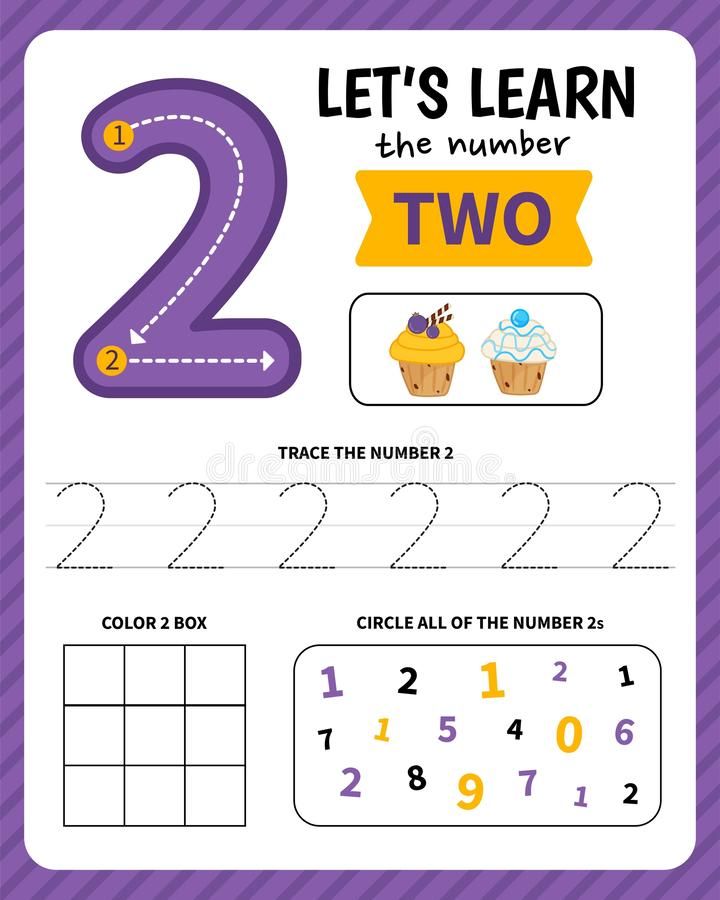 They are designed to be easy for parents to use at home and to be suitable for use in early intervention services, nurseries, preschools and schools.
They are designed to be easy for parents to use at home and to be suitable for use in early intervention services, nurseries, preschools and schools.
Working with other See and Learn programs
See and Learn Numbers can be used alongside See and Learn Speech , See and Learn Language and Reading and See and Learn Memory as children will be progressing in all these areas throughout childhood.
The development of See and Learn Numbers was generously supported by the Big Lottery Fund and The Rayne Foundation .
How to teach a child to count
1876
Learning numbers with a child and teaching him to count is not an easy task.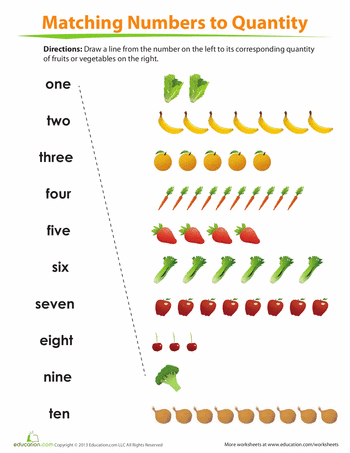 But any parent knows that you need to get acquainted with mathematics at a preschool age. If a kid at 5-6 years old masters the composition of the number and counting within ten, then it is more likely that at school it will be easier for him to cope with tasks.
But any parent knows that you need to get acquainted with mathematics at a preschool age. If a kid at 5-6 years old masters the composition of the number and counting within ten, then it is more likely that at school it will be easier for him to cope with tasks.
How to interest a child in mathematics?
First, follow the basic rules:
- 1. It is better to learn numbers and numbers not at the table, but in the game or immediately in practice. For example, have the child count the ingredients for a cake or a button on a shirt.
- 2. Practice when the baby is in a good mood. Try to evoke positive emotions in him. So the information is better remembered.
- 3. First, choose easy examples so that the child can cope with them. And when he successfully masters the first task, he will definitely want to repeat the success. At the same time, do not forget to praise the child.
- 4. Practice constantly, each time using something new.
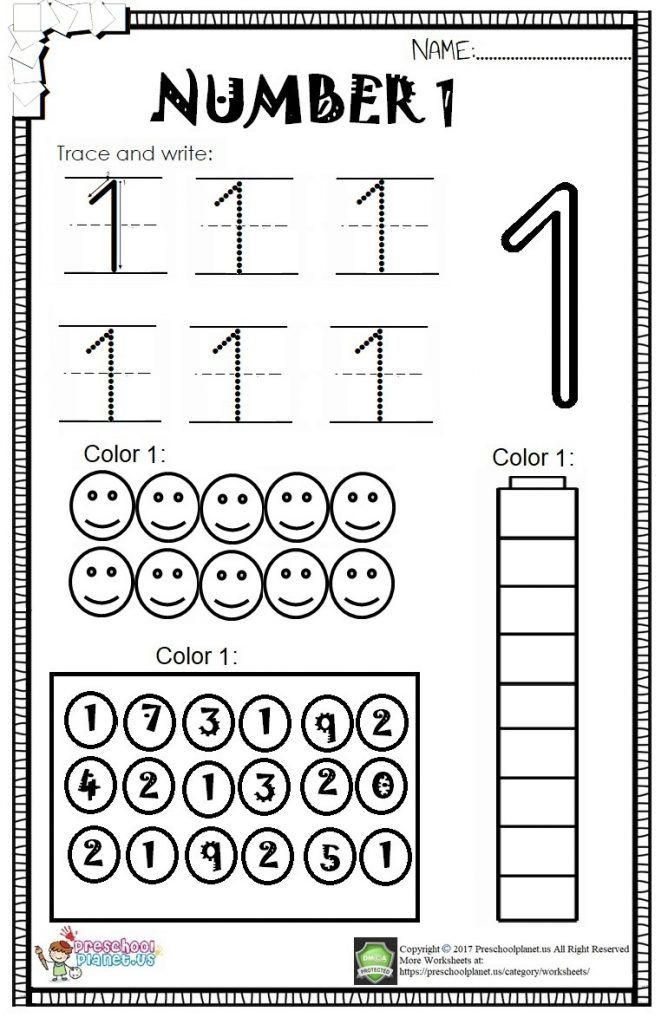 This is how you maintain interest and form a habit.
This is how you maintain interest and form a habit. - 5. If the child fails to solve the task - do not get annoyed, but try to explain in practice. After all, the main thing in 5 years is not to learn the basics of mathematics, but to form an interest in studying it in the future.
How to learn numbers:
Draw and hang in the child's room a number series from 1 to 20. It will always be in front of your eyes and will be remembered. Play the game of "jumping finger": point your finger in a chaotic order of the numbers from this row and ask for a number. Draw separate cards with numbers from 1 to 20 and ask the child to name them. In the first case, the baby remembers the ordinal arrangement of numbers, and in the second, he learns to recognize them randomly.
Make these cards: draw a number on dark cardboard with PVA glue, dip in semolina and dry. We work with these cards like this: the child circles the number with his finger as it should be written according to the rules, and pronounces the association aloud.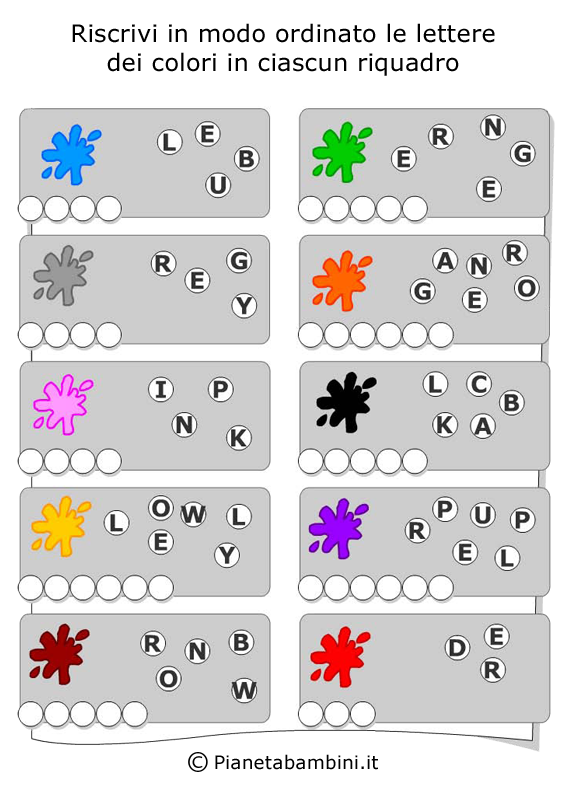 For example, the number 1: first draw a tail with your finger from the bottom up, and then a straight stick down, saying: "Beak, leg." For numbers 2 - "Head, neck, tail"; 4 - "Back, seat, leg", etc. Come up with your own associations to better remember. In this exercise, children visually see the number, feel it tactilely, remember the spelling, speak out loud and reinforce it with associations.
For example, the number 1: first draw a tail with your finger from the bottom up, and then a straight stick down, saying: "Beak, leg." For numbers 2 - "Head, neck, tail"; 4 - "Back, seat, leg", etc. Come up with your own associations to better remember. In this exercise, children visually see the number, feel it tactilely, remember the spelling, speak out loud and reinforce it with associations.
You can get acquainted with the numbers and complete tasks online to consolidate knowledge on our website in the "Counting and Numbers" section.
How to teach counting:
In order for a child to learn to count, he must master the composition of the number, that is, understand that the number 5, for example, consists of a combination of the numbers 2 and 3, 1 and 4, etc. And for this, we first show the numerical value of the number 5 on real identical objects. For example, 5 is 5 spoons, apples, etc.
Play the game "Let's share" as often as possible. Take 5 sweets and offer to share between two.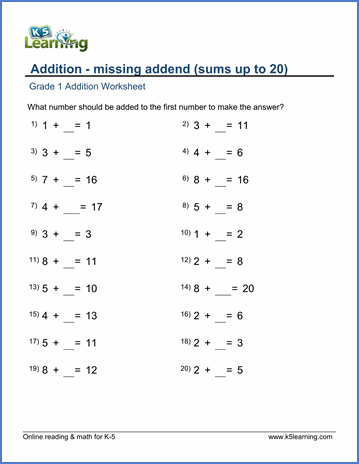 Ask the child: "How will we divide the sweets? How much will you take for yourself, and how much will you give to me?" Show that 5 sweets can be divided like this: 1 for mom, and 4 for baby, 2-3, 3-2, 4-1. And be sure to show that you are not counting empty numbers, but numbers that represent real candies.
Ask the child: "How will we divide the sweets? How much will you take for yourself, and how much will you give to me?" Show that 5 sweets can be divided like this: 1 for mom, and 4 for baby, 2-3, 3-2, 4-1. And be sure to show that you are not counting empty numbers, but numbers that represent real candies.
You can also play this game: take 5 buttons (or other small items), first show the child that there are 5 of them, count with your finger. Then hide your palms with buttons behind your back and ask the child: “If I have 2 buttons in my right hand, how many in my left?” And then invite the kid to ask you a riddle. Guessing, sometimes "make mistakes" - children love to "catch" adults on mistakes.
Having mastered the composition of the number, the child will easily understand the basics of addition and subtraction.
Tasks for ordinal counting and comparison for preschoolers are recommended to be completed on the page "Assignments in mathematics for children 5-6 years old.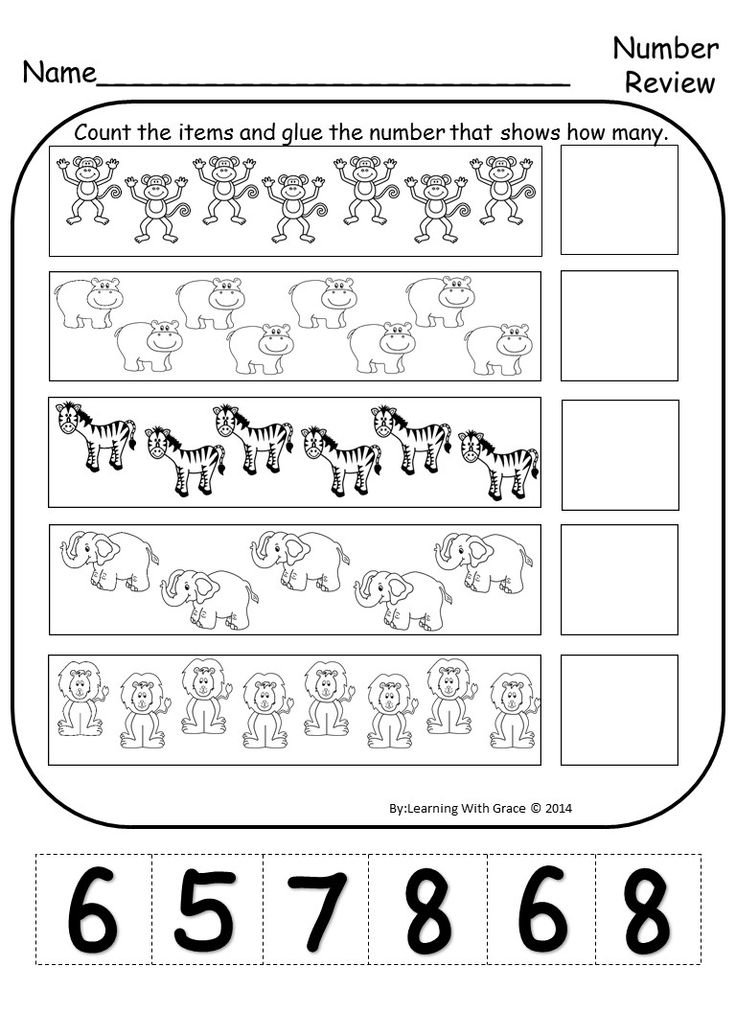 "
"
Did you like it? Share with friends:
Online classes on the Razumeikin website:
-
develop attention, memory, thinking, speech - namely, this is the basis for successful schooling;
-
help to learn letters and numbers, learn to read, count, solve examples and problems, get acquainted with the basics of the world around;
-
provide quality preparation of the child for school;
-
allow primary school students to master and consolidate the most important and complex topics of the school curriculum;
-
broaden the horizons of children and in an accessible form introduce them to the basics of various sciences (biology, geography, physics, chemistry).
How to teach a child to count to 10, 20, 100
How to teach a child to count
Many children come to the first grade already with counting skills, so it is important for parents to teach him in advance.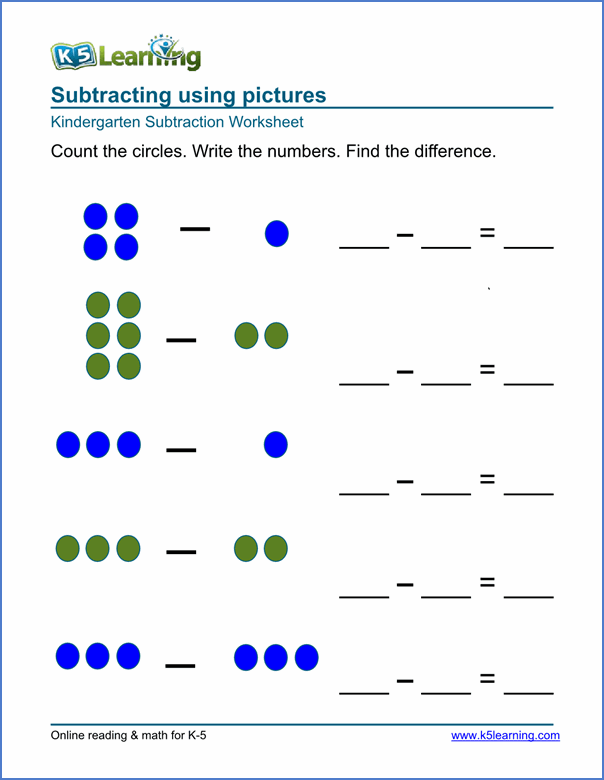 Today there are many techniques that make it interesting and fun.
Today there are many techniques that make it interesting and fun.
Do not impose learning to count, it should be easy: in the course of daily activities or games. Count familiar objects together, gradually complicating the tasks. For example, he easily visualizes two oranges or four plates, but hardly abstract sets.
When to teach your child to count
Most experts believe that the best time to teach kids to count is 3-5 years. It is at this age that the child begins to be interested in new things and learns to establish patterns between numbers. However, everything is very individual. If the baby is actively exploring the world and is interested in mathematics earlier, you can start learning from the age of 1.5.
What methods to use to teach counting
We have collected proven methods that allow you to do this in a playful way that is interesting for the child.
- Finger counting . The technique helps to understand how to teach a child to count to ten.
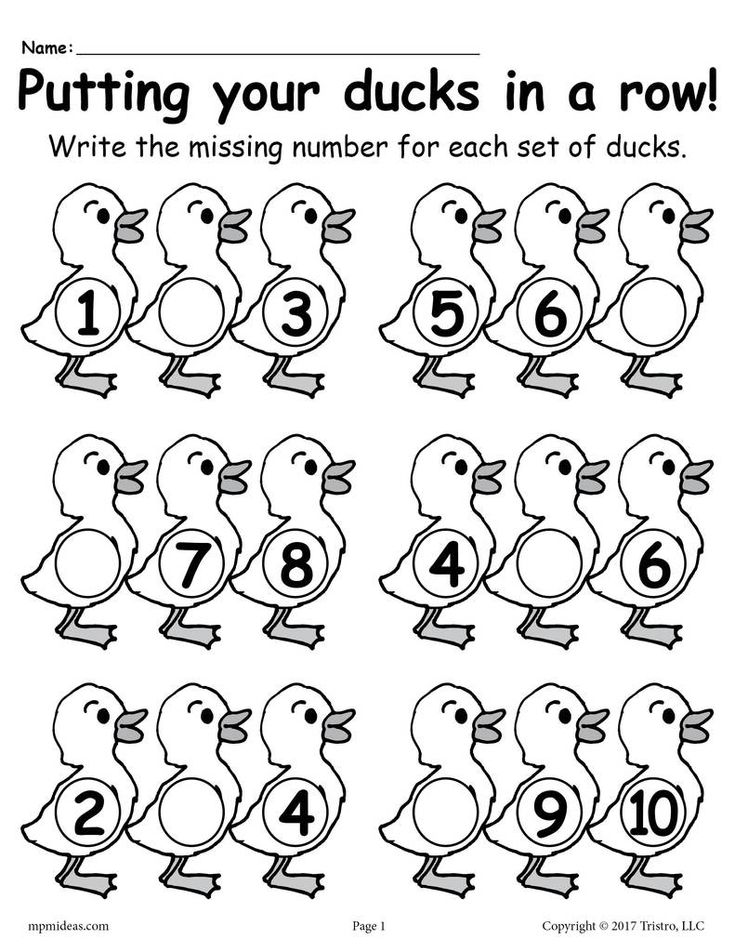 It will be difficult for a baby to remember all the numbers at once, so you can start with five and focus on the fingers of one hand. Introduce the child to their names, then connect the other hand. You can use finger games when one disappears or two or three fingers meet together.
It will be difficult for a baby to remember all the numbers at once, so you can start with five and focus on the fingers of one hand. Introduce the child to their names, then connect the other hand. You can use finger games when one disappears or two or three fingers meet together. - Use of study cards and sticks . You can lay them out one by one on the table and name the numbers, then move one part of the sticks to the right and the other to the left and ask how many sticks are in each part.
- Number games . Teaching children to count can take place in a playful way. For example, the role-playing game "shop". You need to choose who will be the seller and who will be the buyer, and assign a currency. Selling or buying sweets and toys, the child will easily remember the numbers up to ten and even up to twenty.
- Montessori method . It's like playing shop. You can give the child different coins, for example, a ruble, two, five, and ask him to calculate the amount or change money.
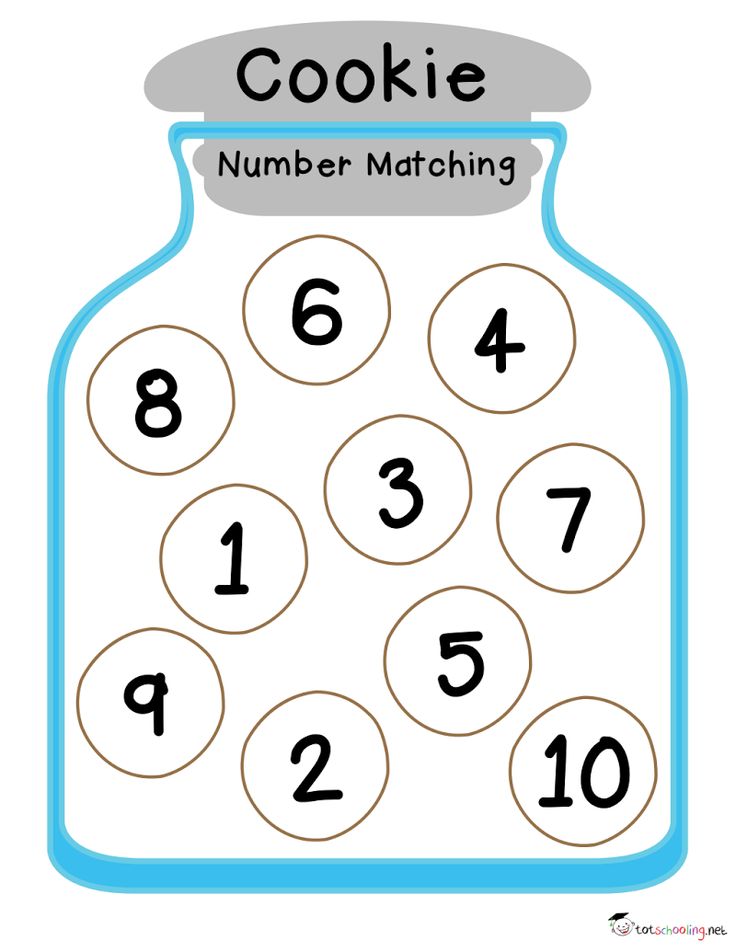
- Doman technique . The author recommends using cards with red dots for counting. The color will attract the baby's attention.
- Hundred Account . Nikolai Zaitsev suggests immediately showing numbers from 0 to 99. So the child will understand how many tens and units each number makes.
- Polyakov's method . You will need cubes, a box with compartments according to the number of cubes and numbers. First, one cube is taken, placed in a cell and the number 1 is placed next to it. And so on up to 100.
How to teach your child to count to 20
To teach your child to count to 20, use two pairs of hands - yours and his own. You can also use cubes, cards, sticks or draw dashes - whatever comes to mind. Such an account is given as easily as up to 10.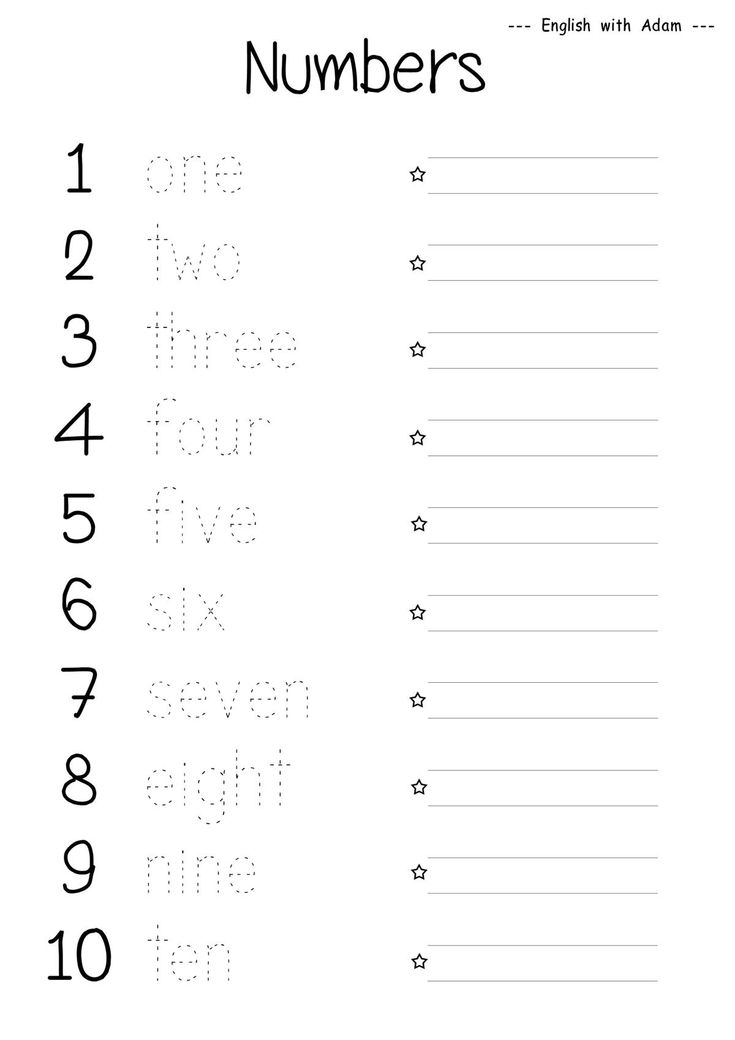 At this stage, the child needs to understand the composition of the number.
At this stage, the child needs to understand the composition of the number.
<>
How to teach a child to count up to 100
Tell your child that there are only nine tens, then name each tens: ten, twenty, thirty, and so on. Invite him to memorize 10 new digits of each ten every day. At the end of the day, ask what the child remembers and repeat what they have learned on other days. To simplify repetition, you can count the objects that are in front of you. After the child has mastered the tens, invite him to play a game: write a series of numbers with tens and skip one number in the middle. Ask your child to complete the pass.
<
You can also use Glen Doman's method. First, the child needs to be shown cards with no more than five dots, then increase their number to 20, 50, and then up to 100. This method will also help train visual memory.
It is important to draw the attention of the child to the numbers from 11 to 19, as they are called differently from the rest.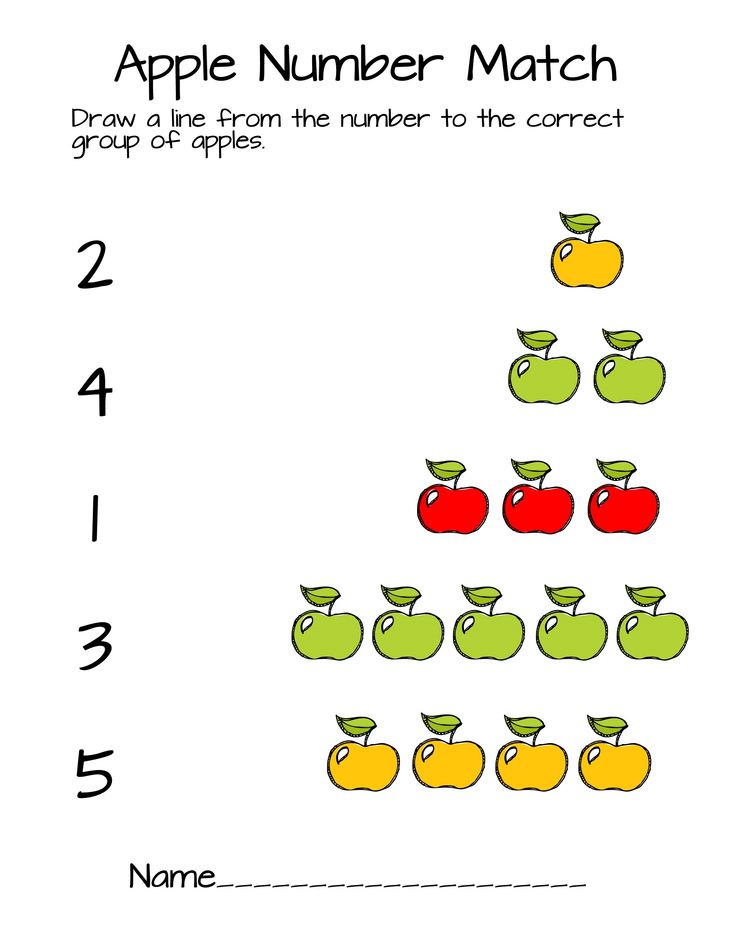
How to teach your child to add and subtract
To teach a child to solve examples, visualization is needed again. Bend and bend your fingers, remove and take out sweets.
Addition and subtraction are reciprocal operations. This connection needs to be conveyed to the child. That is, to demonstrate that 2+1 = 3 is the same as 3−1 = 2 and 3−2 = 1. If the child has mastered the principle, there will be no problems with other numbers.
To teach a child to add and subtract within 20, you need a number beam. For example, 5+3. We find the number 3 on the beam and take five steps to the right. You can do the same with your fingers. So you can teach to count with the transition through a dozen and without.
Actions with the transition through ten have a peculiarity: you need to know the composition of the number and the pair of numbers that together form a ten (1 and 9, 2 and 8, 3 and 7, 4 and 6, 5 and 5). For example, 7+6. Seven to ten lacks three, that is, it turns out 7 + 3 + unknown. The six gave away three to ten, which means that there are still three left. Then it turns out: 7+3+3.
For example, 7+6. Seven to ten lacks three, that is, it turns out 7 + 3 + unknown. The six gave away three to ten, which means that there are still three left. Then it turns out: 7+3+3.
How to teach a child to count in columns
Explain that in addition and subtraction, all actions are performed in digits: tens with tens, ones with ones. For example, 31 + 12: a three is added to a unit, a unit to a two.
To simplify, you can do training exercises - for example, write numbers under each other. Number 6 at the bottom, 12 at the top. It is important to explain to the child that six should be under the number 2, and not 1, as it refers to units.
Start with simple examples, where numbers add up to a number less than 10. Then you can move on to examples with a transition through ten: for example, 25 + 16. 5 + 6 add up to 11. Then we write the unit from 11 under the line, and we remember the unit as a ten. When we add the tens, we get 2 + 1 and another +1, which we kept in our heads.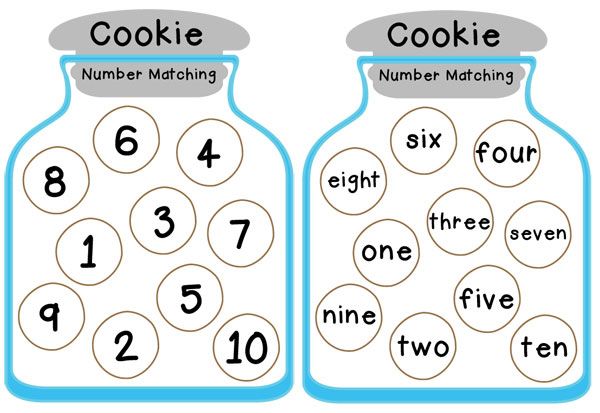
In the case of subtraction, you should also start with simple examples, gradually moving on to more complex ones. For example: 25-16, in the column where there are ones, 5 less than 6, explain to the child that in this case we kind of “borrow” a unit from tens.
For convenience, you can use the symbols that are marked in blue in the figure. In the first case, a ten is added, in the second, a dot serves as a reminder of a “busy” ten.
Counting games and exercises
Lego
Build towers with a certain number of blocks to teach your child to count. Later Lego will be needed in the development of fractions.
Fairy tales
Read to your child passages from fairy tales that contain numbers. He needs to clap as soon as he hears them.
Coloring pages with examples
You can teach your child to add and subtract through coloring pages, where each cell contains an example, by solving which the child will recognize the color.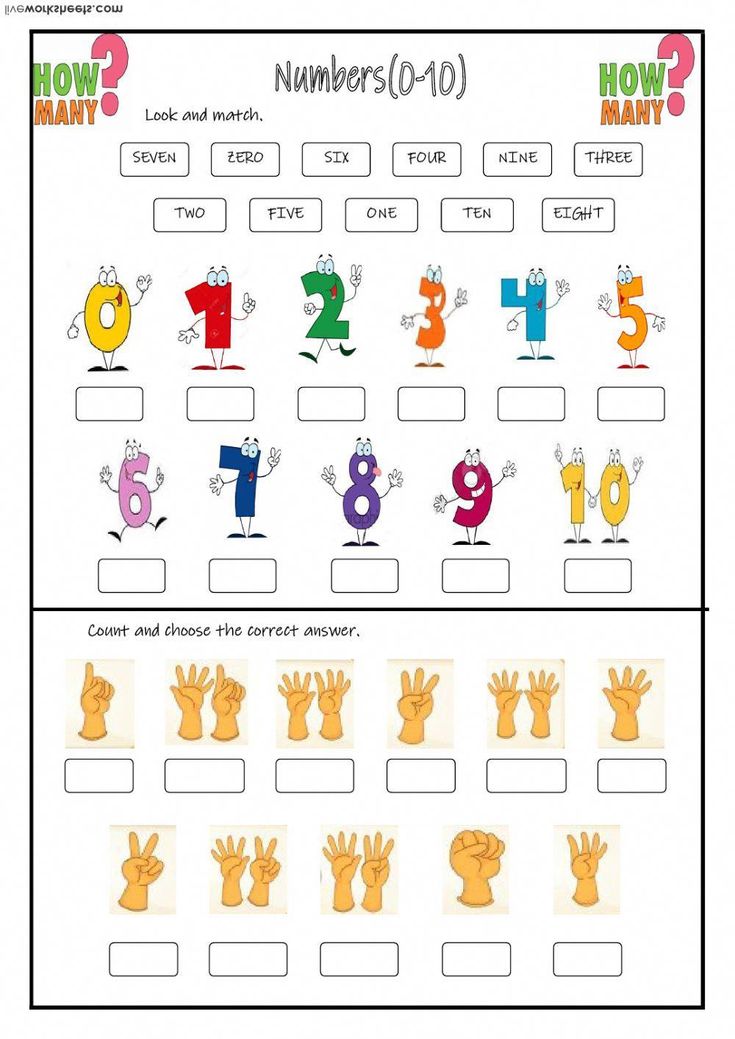
Board game "Strawberry paths"
There are two types of cards in the game: "Picking berries" and "Sharing berries". In the first case, you need to string a certain amount on your thread, and in the second, subtract, that is, give away. In the process, you need to count the berries and compare.
Dominoes with numbers
The principle is the same as with pictures. One domino with two numbers around the edges is laid out by the child, the parent picks up a die with one of the numbers. The one who gets rid of the dominoes first wins.
<
